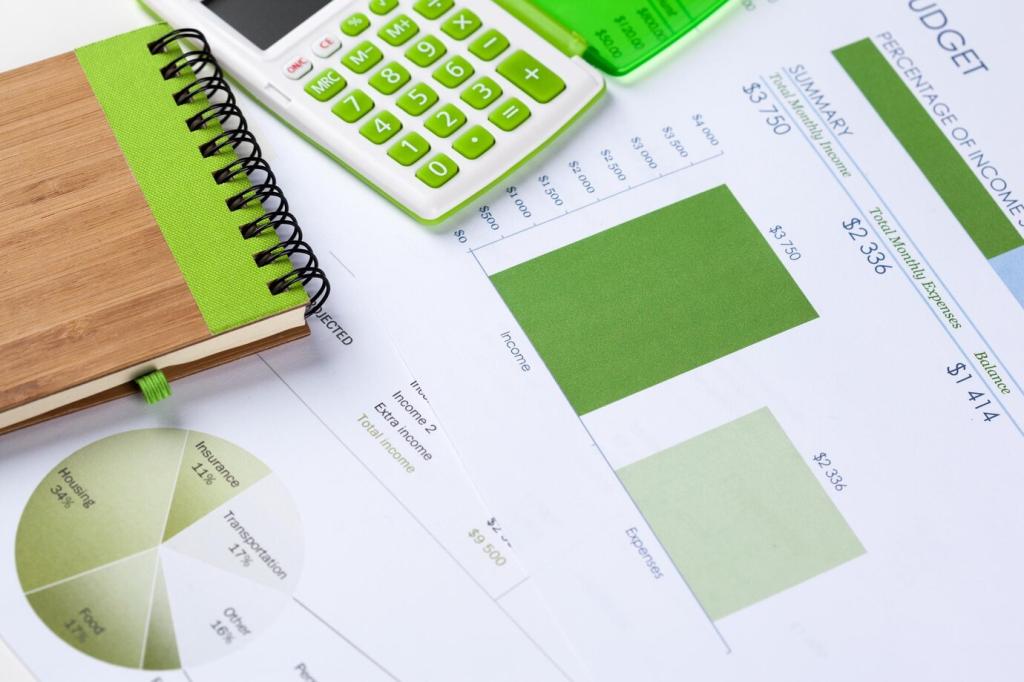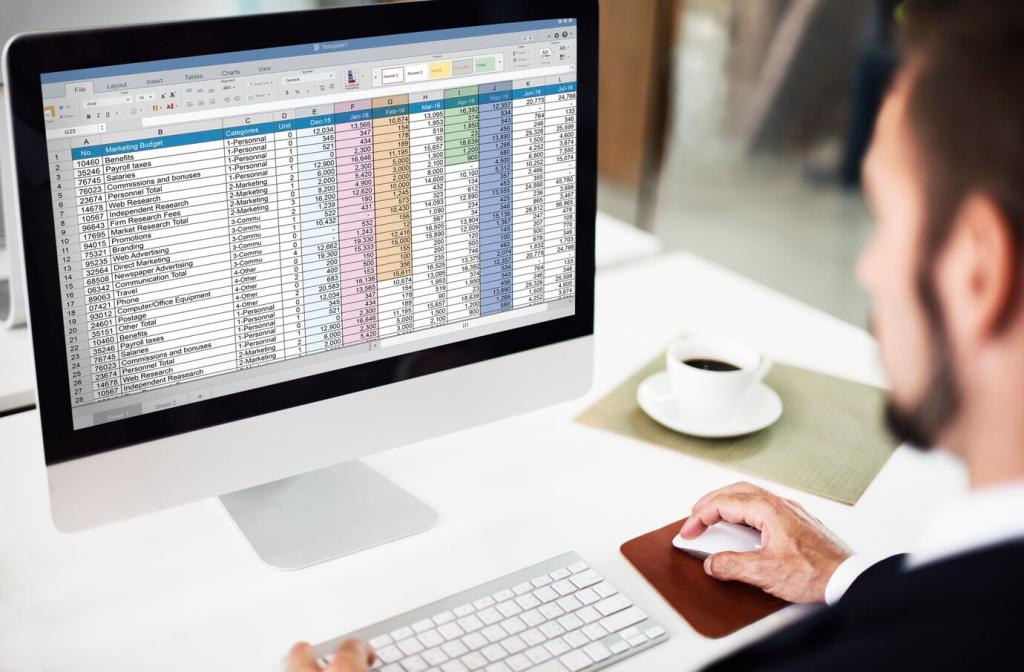Data Hygiene: Trust Your Numbers
Connect to bank exports, CSVs, and SaaS reports, then transform consistently. Split columns, change types, and unpivot once. Refresh monthly with one click instead of re-cleaning under pressure.
Data Hygiene: Trust Your Numbers
Apply Data Validation lists for categories, numeric limits for rates, and input messages guiding entry. Use custom checks like ISNUMBER and EDATE to keep budget and forecast sheets sturdy and tidy.






